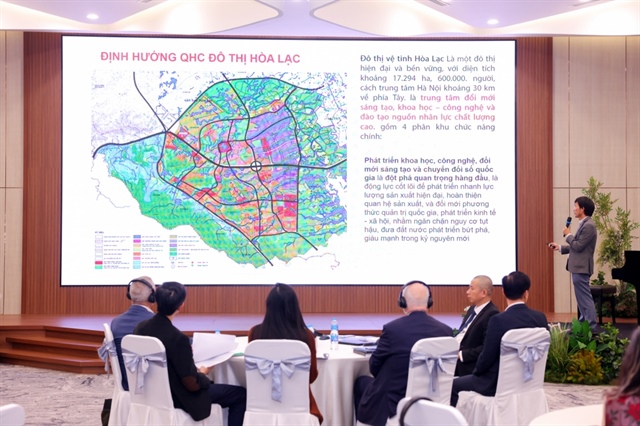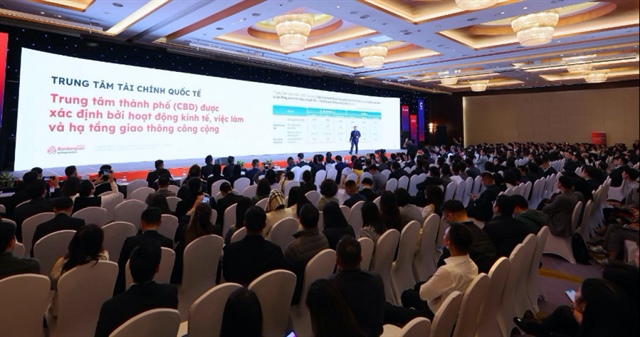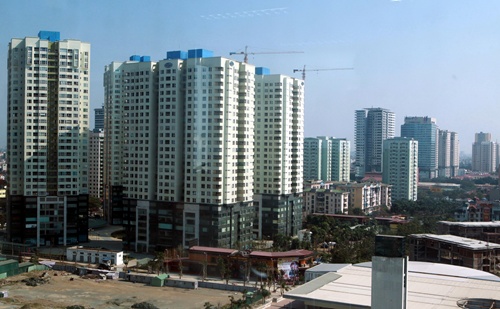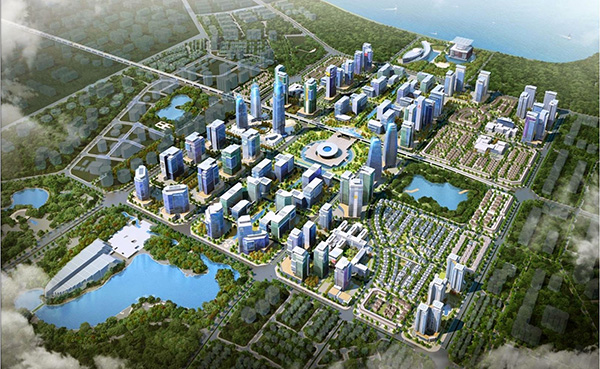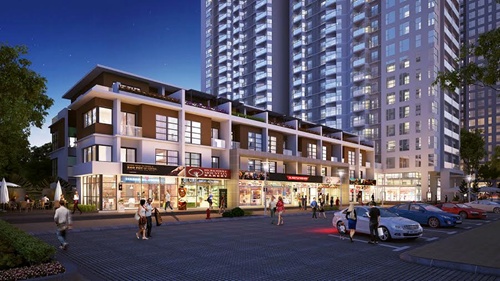AEC to do wonders to Vietnamese property market
AEC to do wonders to Vietnamese property market
The key principles of the AEC is to facilitate a single market and production base, the free movement of goods, services, investment, and ease the cross border flow of capital all of which bodes well for each sector of the real estate in Vietnam, such as retail, commercial, industrial, and hospitality.
Production in Vietnam is a core driver of the economy and the largest impact of the AEC which is already noticeable will be felt in key sectors, such as consumer goods, agricultural products, light manufacturing (garments, electronics), and logistics and warehousing.
We are already seeing increased demand from overseas operators in these industries, either as new entrants to the market or by expansion of existing operations. The anticipated increase in employment in the industrial sector translates into a significant amount of industrial land required by occupiers and investors.
The other draw from a real estate perspective is that industrial pricing is already stable, and is likely to remain stable over the longer term, making forecasting from an investor/occupier perspective more clear-cut and reliable.
In addition the AEC will also support the Vietnamese middle class, as it will extend to support services, financial services and healthcare, all of which are direct drivers for the office markets in key commercial hubs, not to mention the year-on-year anticipated growth in natural absorption as the market matures.
We may see a trend in retail for more regional brands to offer better pricing for the growing middle class, something retailers have not yet been able to fully provide and we are already noticing improved performance in regional retail in touristic/tourism areas currently catering for Asian visitors.
A by-product of AEC investment into real estate will then extend to infrastructure and Vietnam is already well-placed for improvements compared to other large commercial centres. Infrastructure has a natural link with real estate, and there will and should be reciprocal knock-on benefits to both the commercial and residential sectors, as access routes and logistics improve.
In addition to the effects of increased occupancy rates and investor demand, financial maturity is set to improve and Vietnam is taking a big stride already with Circular 36. This kind of supportive legislative framework directed at the real estate market has been initiated by the relaxation of the foreign ownership for both commercial and residential properties and the easing of the foreign ownership limits in local companies.
The latter will more directly impact sectors such as manufacturing, finance, and insurance as well as quality professionally-led development and investment into property companies, asset firms, and projects. Foreign ownership in residential property is still limited and is not a foundation to build a market, but we foresee better performance in the second overseas home market segment, which may lead to the establishment of a retirement property market for regional buyers.
The foundations for the AEC are a long time in the making and we have seen benefits already in the kind of legislation that underpins the real estate sector. As it stands, Vietnam is performing better than its neighbours with regard to prospective growth and the outlook is very positive, driven by the commercial sector.


